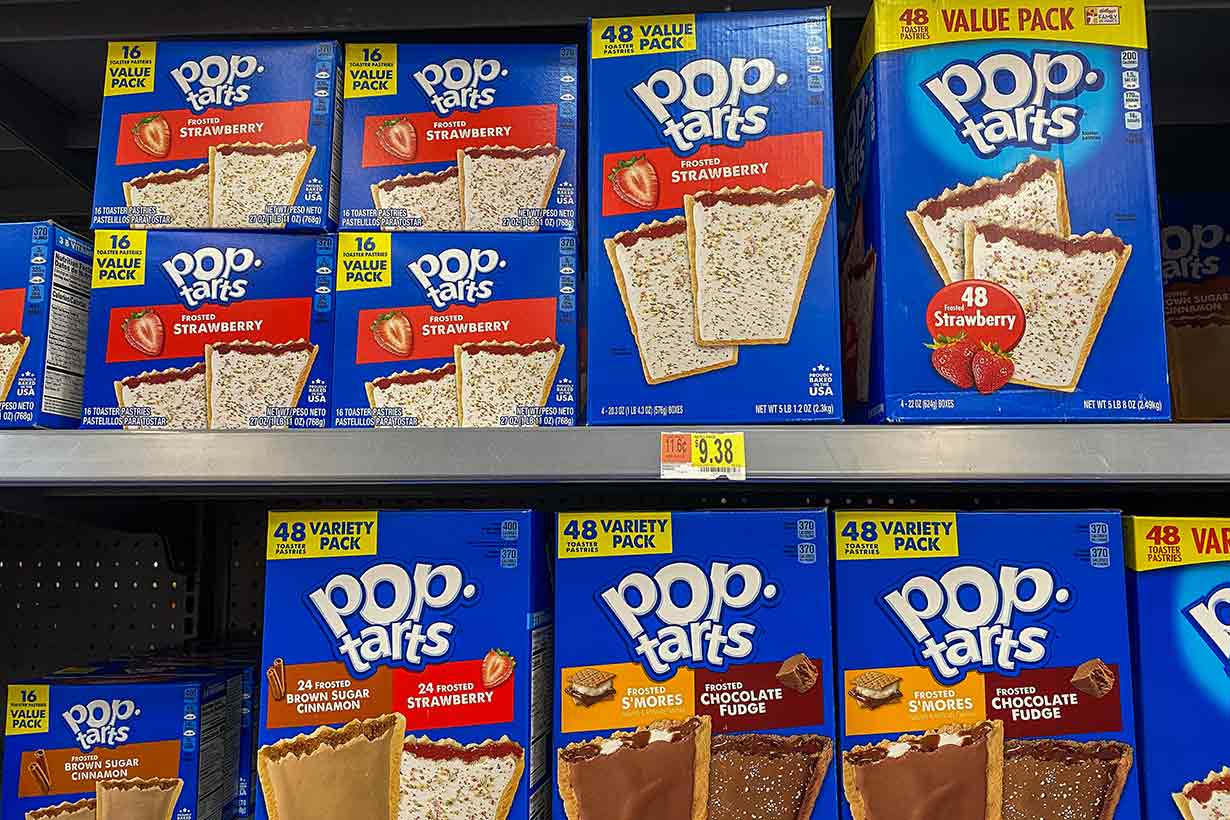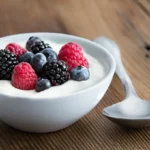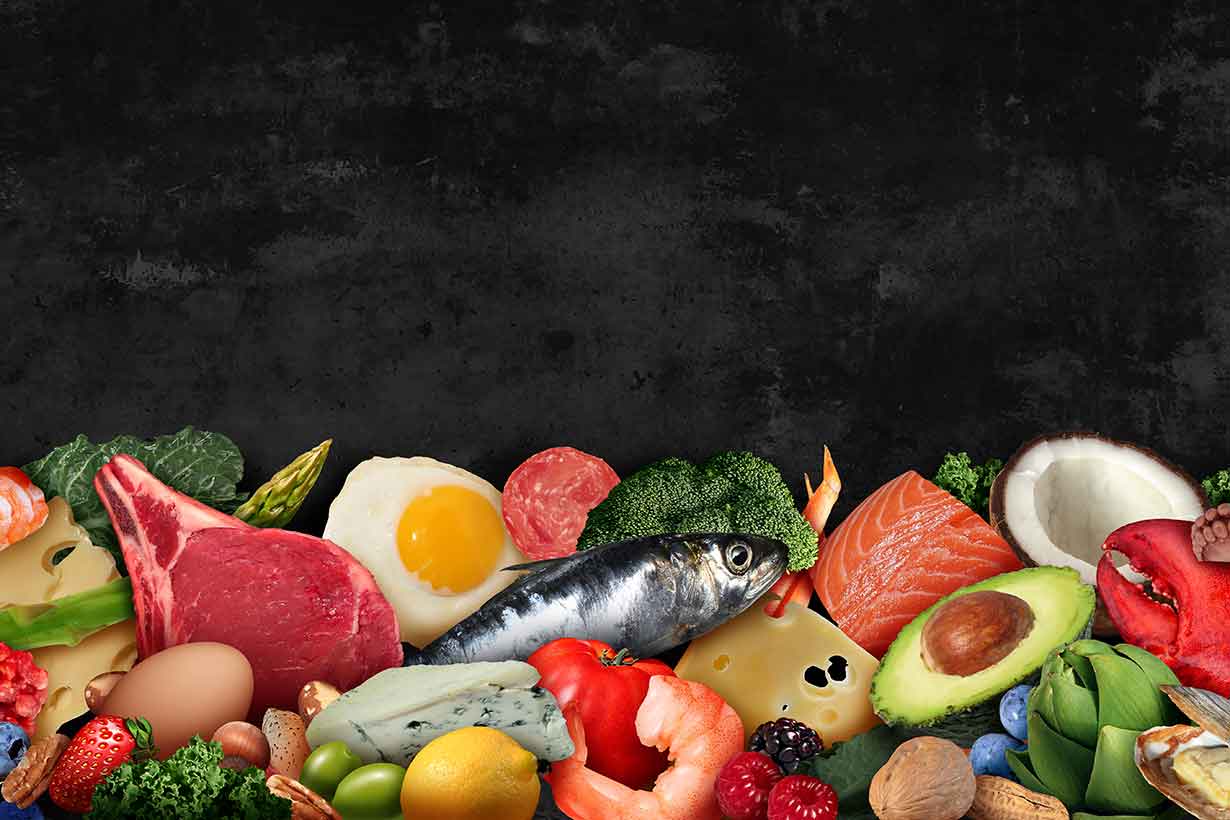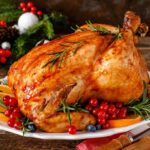Knowing what to eat can be an issue for many people, particularly those with specific dietary goals.
In this article, we provide some nutrition tips on ‘what to eat’ for varying goals that people might have.
These goals include increasing protein intake, getting more fiber, including more omega-3s, lowering appetite, and significantly increasing vitamin and mineral intake.
The Importance of Personalized Nutrition For Different Aims
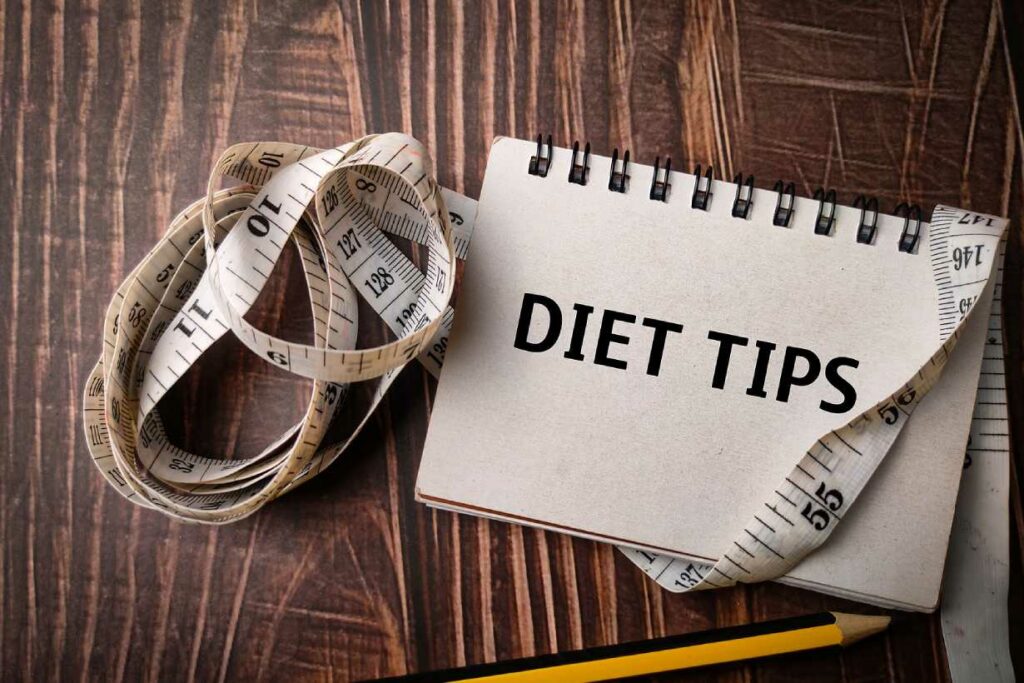
Before we begin, it is essential to point out the importance of personalized nutrition for different goals.
The types of food in this guide are just suggestions on what to eat that could help people with their objectives.
However, as with anything nutrition-related, what is suitable for one person isn’t necessarily right for all.
For instance:
- Whole wheat could provide an excellent fiber source, but it will not be helpful for someone with gluten intolerance or following a low-carbohydrate diet.
- Salmon would be a great way to get more omega-3, but it is unsuitable for anyone with a fish allergy.
- Animal-based foods clearly won’t be appropriate for individuals following a vegan diet.
The point? There will never be one right way of eating that will best fit everyone.
Therefore, this guide is intended to be something from which people can take what they like and leave what they don’t.
Hopefully, some of it may be of use.
1) What To Eat for Increasing Protein Intake
Protein is an important macronutrient for the growth and repair of body tissues, including muscles, skin, hair, and nails (1, 2, 3).
Furthermore, it may also promote satiety, which refers to feeling full after eating (4, 5).
In this regard, greater satiety may help to lower appetite and discourage over-eating.
For those looking to increase their protein intake, here are some protein-rich food categories:
- Dairy: most dairy foods provide protein, but more specifically: cheese, milk, and yogurt are excellent sources. Low-fat dairy products have the highest protein content, such as 50% reduced-fat cheese, low-fat quark and yogurt, and skim milk. This is because the reduced fat content means higher proportions of other nutrients, including protein, are present.
- Eggs: each large egg contains more than six grams of protein (6).
- Legumes: legumes such as cannellini beans, lupins, and soybeans contain high amounts of dietary protein. Legume-based products, such as tempeh and tofu, are also good sources.
- Meat: all meat provides high protein content. However, skinless chicken breast or turkey and leaner cuts of red meat tend to have the highest protein proportion. This is simply because a lower fat content means there is a higher amount of protein per gram.
- Plant-based products: Some alternative plant-based meat products, such as mycoprotein, also offer moderately high protein content. Plant-based milk like soy milk and pea milk are also good protein sources. However, this is not the case for all plant milk options; almond and rice milk contain virtually no protein.
- Protein powders: dairy-based protein powders like casein and whey and plant-based options like pea and soy protein all offer similarly high protein levels.
- Seafood: seafood options, including fish and shellfish, can provide a rich source of protein. Among these, lean white fish like cod and haddock provide the most protein per calorie.
Nuts, seeds, and whole grains also contain moderate protein. However, they do not provide as much as the above-listed seven groups.
A note on protein quality
It is worth noting that, among the above-listed foods, animal-based proteins and soy protein have the highest protein quality. In other words, gram for gram, slightly more of it is bioavailable (i.e. absorbable) (7).
However, this quality difference becomes less important with increasing protein intake.
For instance, a 2021 study involving nineteen young men demonstrated that when protein intake was over 1.6 grams per kilogram of body weight, exclusively consuming plant-based protein had the same results as a protein-matched mixed diet in supporting mass accrual with resistance training (8).
See more: a list of 30 foods high in protein
2) What To Eat for Getting More Fiber
Alongside protein, fiber is another nutrient many people try to eat in greater quantities. One reason for this is that only 7% of U.S. adults meet the recommended daily fiber intake (9).
The recommended daily allowance (RDA) for fiber is 38 grams for men and 25 grams for women (10).
Based on this, the FDA has set a daily value for fiber, based on a 2000-calorie diet, at 28 grams per day or 14 grams per 1000 calories consumed (11).
Fiber can have many benefits within the body, including improved digestion, binding carcinogens in the intestinal tract, lowering blood-sugar responses to a meal, and more (12, 13, 14).
So, what can you eat to increase your fiber intake? Here are some fiber-rich food categories:
- Fruit: most fruit contains a good amount of fiber, but berries (specifically blackberries and raspberries), avocado, apples, pears, plums, and prunes offer high amounts.
- Legumes: fiber-rich legumes like cannellini beans, fava beans, lentils, and lupin beans.
- Nuts: all nuts have good fiber content, but almonds, pistachios, and pine nuts offer the most.
- Seeds: all seeds, but chia and flaxseed have the highest fiber content.
- Vegetables: all vegetables have fiber, but cruciferous vegetables like broccoli and cauliflower, carrots and other root vegetables, and leafy green vegetables provide good amounts.
- Whole grains and whole grain products: examples include whole wheat, oats, barley, rye, wholegrain breads and pasta, wheat bran, and oat bran.
See more: 35 Foods High In Dietary Fiber
3) What To Eat for Boosting Omega-3 Fatty Acid Intake
Omega-3 fatty acids have anti-inflammatory properties and can benefit human health (15, 16).
For instance, the omega-3 index measures the relative proportion of the two primary omega-3 fatty acids, eicosapentaenoic acid (EPA) and docosahexaenoic acid (DHA), in blood cells. In this regard, an omega-3 index of 5% would mean that one in twenty of the fatty acids in a cell are omega-3.
Research has shown a higher compared to a lower omega-3 index lowers all-cause mortality and the risk of several chronic diseases. In this regard, the ‘ideal’ omega-3 index appears to be over 8% (16, 17, 18).
However, the mean omega-3 index in the United States is only 4.3%, which is associated with higher cardiovascular risk (19).
Here are some foods to eat that can boost omega-3 intake:
- Algae oil: made from marine algae, algae oil is a vegan-friendly way to get EPA and DHA, which are not naturally present in plant-based foods.
- Eggs: All eggs contain a small to moderate amount of omega-3. However, eggs labeled explicitly as ‘omega-3-enriched’ provide the highest amount.
- Meat: meat contains a small amount of omega-3, but it is only a fraction of that provided by oily fish.
- Nuts and seeds: nuts and seeds do not contain preformed EPA and DHA. Instead, they contain alpha-linolenic acid (ALA) that can be converted to EPA and DHA inside the body. Walnuts contain the highest amount. However, the conversion rate is relatively poor at only 5-8%; thus, preformed EPA and DHA are a more reliable source of omega-3 (20).
- Oily fish: oily fish is the best source of EPA and DHA omega-3. Some of the best options are anchovies, herring, mackerel, salmon, sardines, and trout.
See more: 15 Oily Fish High In Omega-3 Fatty Acids
4) What To Eat for Promoting Satiety and Lower Appetite
Satiety is feeling full or satisfied after eating without the desire to eat more food (20).
In this regard, some foods are very high in calories, yet they don’t promote satiety. For example, you may notice that consuming 1000 calories from foods like French fries, ice cream, and potato chips is not particularly difficult. However, even after finishing, some people may still desire more food.
In contrast, research has demonstrated that foods high in protein and fiber and with a high volume (i.e. weight) to energy content likely have a more significant satiety-promoting effect (21, 22, 23, 24, 25).
Consuming foods that encourage higher satiety can be very useful for weight loss. The reason is that following an energy-restrictive diet is difficult and likely unsustainable if someone is constantly battling hunger.
Satiety-promoting foods
Based on the existing satiety research, here are some foods that may promote satiety and lower appetite:
- High-protein foods: options like low-fat dairy, fish, legumes, meat, shellfish, and tofu.
- Protein and fiber-rich foods: legumes and whole grains provide more fiber and protein than refined grains like flour, white bread, and white rice.
- Foods with a high volume to energy content: this includes foods like whole-boiled potatoes, cruciferous vegetables, eggs, lean meat, and leafy green vegetables. Additionally, something like prepared oatmeal is much more filling than the more energy-dense granola.
- Foods with high satiety scores: a research study released in 1995 entitled ‘The Satiety Index of Common Foods’ gave satiety scores to a wide range of foods. These scores were based on each food’s effect on satiety for up to two hours after eating. It is important to note that satiety after two hours may not be the same as three to four hours later and that this study did not include every food. However, the foods that scored highest for satiety were boiled potatoes, ling fish, oatmeal, oranges, apples, brown pasta, beef, baked beans, grapes, wholemeal bread, popcorn, and eggs (26).
5) What To Eat for Increasing Vitamin and Mineral Intake
Getting a sufficient amount of each vitamin and mineral can be challenging. This is particularly true if we don’t know which foods contain what nutrients.
Although there are other good reasons for it, incorporating a wide range of vitamins and minerals is one reason why nutrition guidance from public health organizations often advises a “balanced diet” and consuming various foods (27, 28, 29).
However, many of us know that perhaps our diets aren’t the best that they could be. Furthermore, we may want to add a few nutrient-rich foods to the diet to increase our vitamin and mineral intake.
Foods to eat for a broad provision of vitamins and minerals
Here are some foods that provide a wide range of vitamins and minerals in high amounts:
- Oysters: shellfish like oysters are incredibly nutrient-rich. Per 100 grams, oysters provide more than 100% of the recommended daily value for copper, vitamin B12, selenium, and zinc. They also offer more than 50% of the daily value of iron and manganese (30, 31).
- Oats: per 100 grams, oats provide more than 10% of the daily value for thiamin, pantothenic acid, copper, iron, magnesium, manganese, phosphorus, potassium, selenium, and zinc. Furthermore, some micronutrients are present in amounts significantly higher than 10% (30, 32).
- Brazil nuts: just an ounce (28.35g) of Brazil nuts provides nearly 1000% of the daily value for selenium. Also, these nuts have 10% of the daily value or more for thiamin, copper, magnesium, manganese, and phosphorus (30, 33).
- Watercress: many vegetables are incredibly nutrient-rich, but watercress is among the best. Per 100 grams raw, watercress offers more than 10% of the daily value for vitamin A, vitamin C, vitamin K, calcium, and manganese – for only 11 calories. Among these nutrients, the vitamin K content is over 200% of the daily value, and vitamin C is approximately 50% (30, 34).
- Liver: liver is an organ meat (also known as offal). It has a significantly higher vitamin and mineral content than regular meat. Per 100 grams, cooked liver provides more than 100% of the daily value for riboflavin, vitamin B12, folate, vitamin A, and selenium. It also offers greater than 40% of the daily value of niacin, pantothenic acid, vitamin B6, choline, and iron (30, 35).
As shown, including any of these foods can significantly increase vitamin and mineral intake.
Final Thoughts
Whether someone is looking to increase their protein, omega-3, fiber, or vitamin and mineral intake, the foods in this guide may have something to offer.
Additionally, eating more of the right foods can be better for appetite and weight control than simply restricting total food intake. The fact that some foods provide greater satiety than others supports this notion.
Lastly, for anyone with concerns or confusion over their diet, it is always a sensible idea to seek personalized guidance from a dietitian or relevant health professional.



